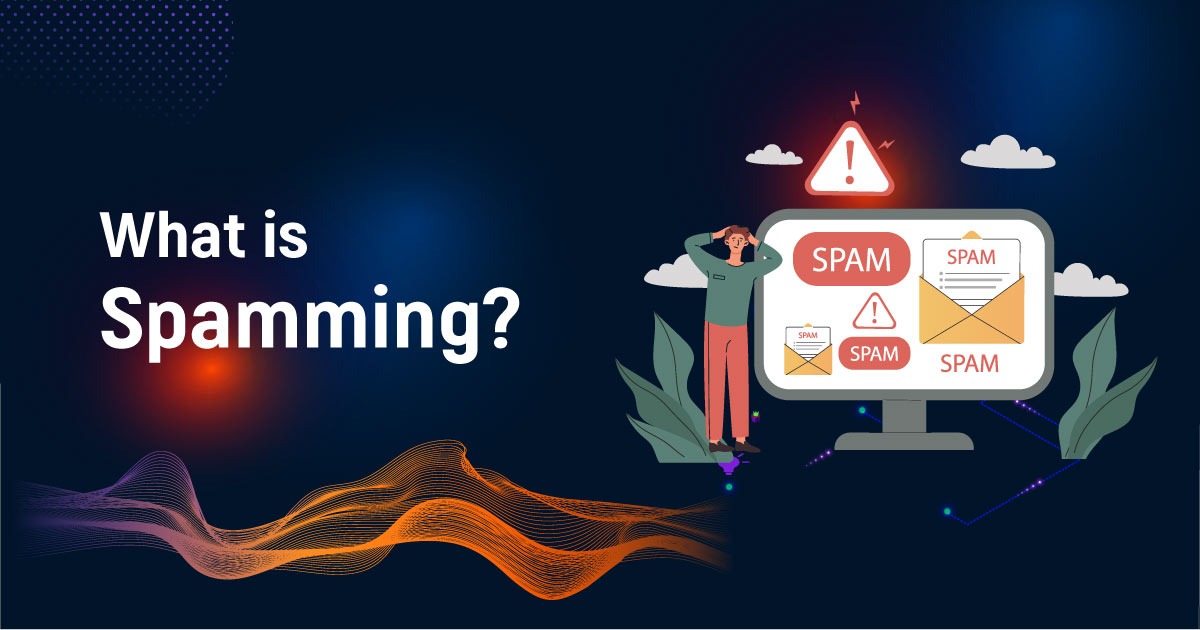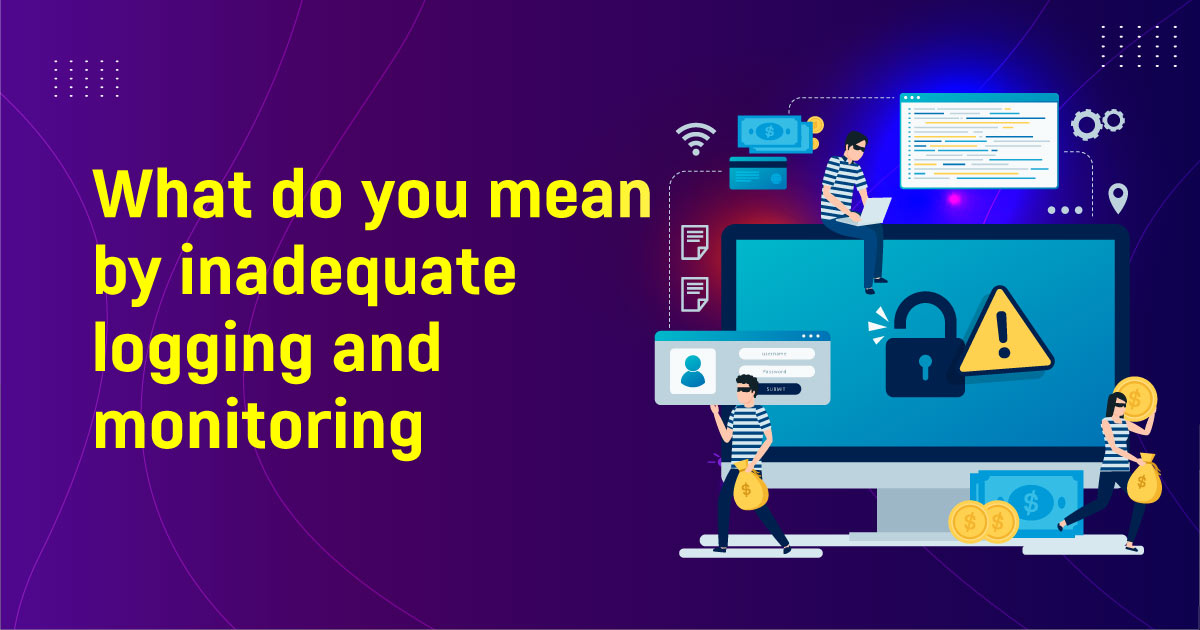Spamming is a prevalent OWASP-identified automated threat that is used by attackers to flood web applications with unwanted and unsolicited messages or content. This can be done using various automated techniques, such as email spamming or comment spamming. In this article, we will discuss the various aspects of spamming attacks.
What is Spamming?
Spamming is an automated threat that involves the mass distribution of unwanted and unsolicited messages or content to web applications. This can be done using various techniques, such as email spamming or comment spamming. Spamming attacks are often carried out by bots or automated scripts, which can rapidly send messages or content to a web application.
Types of Spamming Attacks
There are several types of spamming attacks that attackers can use to exploit web applications, including:
Email Spamming:
This involves sending a large number of unwanted and unsolicited emails to users of a web application.
Comment Spamming:
This involves posting a large number of unwanted and unsolicited comments on a web application, in order to promote spam or phishing links.
Forum Spamming:
This involves posting a large number of unwanted and unsolicited messages on forums or discussion boards, in order to promote spam or phishing links.
Preventing Spamming Attacks

There are several measures that organizations can take to prevent spamming attacks and protect their web applications, including:
CAPTCHA Verification:
CAPTCHA verification can be used to distinguish between human and bot traffic, and prevent automated spamming attacks.
Email Filtering:
Email filtering can be used to detect and prevent unwanted and unsolicited emails from reaching users of a web application.
Comment Moderation:
Comment moderation can be used to review and approve comments before they are posted on a web application, in order to prevent comment spamming.
IP Blocking:
IP blocking can be used to block IP addresses associated with spamming attacks, in order to prevent further attacks.
Conclusion
Spamming is a common automated threat that can cause significant damage to web applications and compromise user data. By implementing effective measures such as CAPTCHA verification, email filtering, comment moderation, and IP blocking, organizations can help prevent spamming attacks and protect their web applications from cyber attacks. It is important for organizations to remain proactive in their approach to cybersecurity, as the threat of spamming attacks and other types of automated threats continues to evolve and grow.









